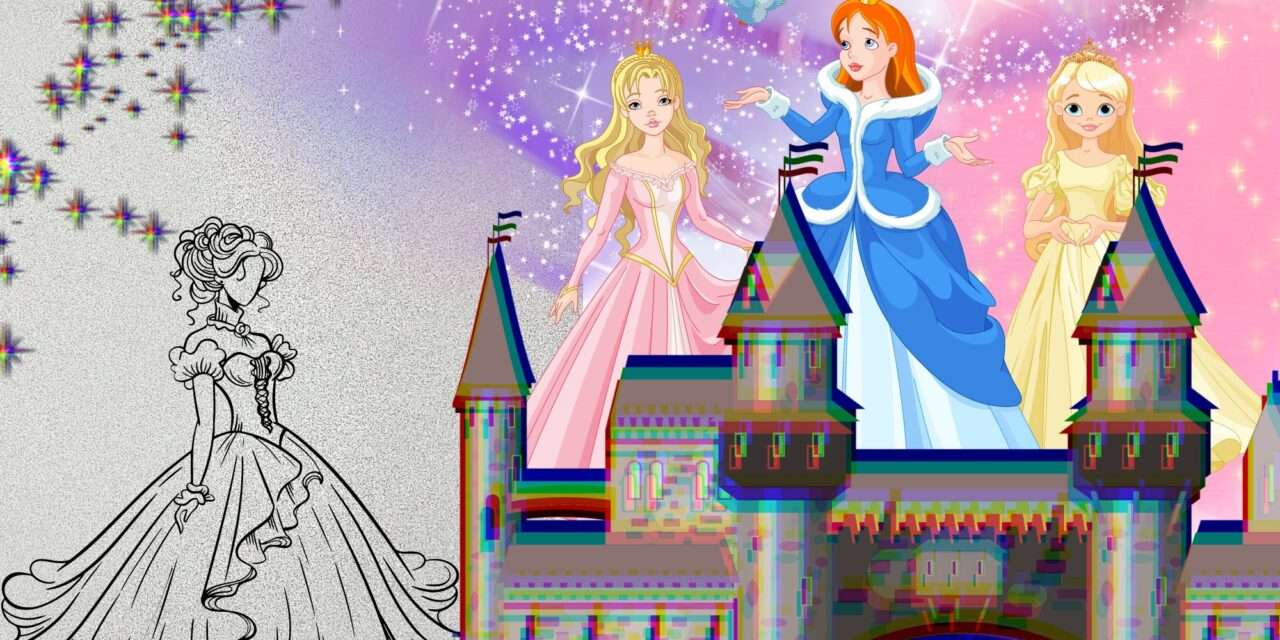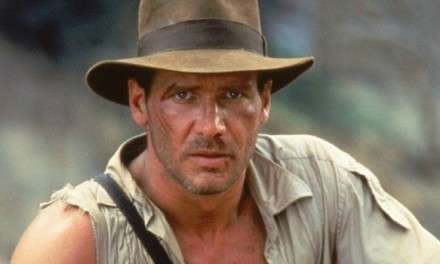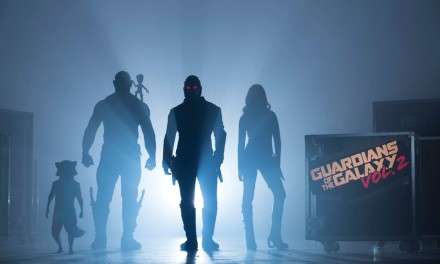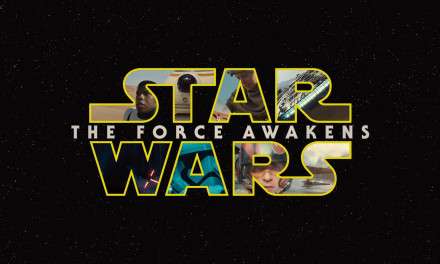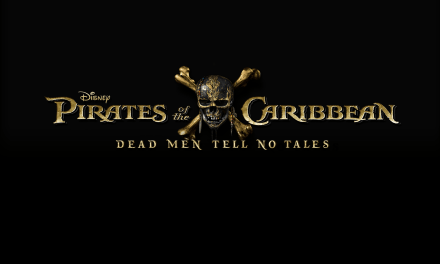Growing up as a Disney fan, the excitement of playing Disney princesses was a universal childhood delight. However, for many young girls of color like myself, this joy was often overshadowed by limited representation. While friends could choose from a plethora of princesses, my choices were restricted, often defaulting me to princesses of color, such as Jasmine. This dilemma, glaringly apparent in the past, remains significant even today.
Disney, striving to address these oversights, has embarked on remaking classic animations into live-action adaptations and updating theme parks to reflect newer characters. Yet, a shadow of its problematic past looms. Let’s delve into a few critical areas, starting with the sexualization of Women of Color (WOC) in Disney films. Characters like Jasmine from “Aladdin” and Esmeralda from “The Hunchback of Notre Dame” were overly sexualized, reinforcing harmful stereotypes. The explicit portrayal of these teenage characters, using their bodies for distraction or manipulation, diverges sharply from the innocent and non-sexualized representation of their white counterparts.
An equally concerning issue is the portrayal of People of Color (POC) characters being transformed into animals. This trope has persisted in films like “The Princess and the Frog,” “The Lion King,” and “Soul.” Such representations dilute the narratives and identities of POC by masking them behind animal characters. In some cases, older films have resorted to blatant racial caricatures, so much so that contemporary screenings now include content warnings addressing these negative depictions.
Despite attempts at inclusivity, such as casting Halle Bailey as Ariel in the live-action “The Little Mermaid,” Disney has faced criticism from all sides. While some labeled the casting as part of a “woke agenda,” others criticized Disney’s reliance on colorblind casting rather than creating original stories celebrating diverse cultures. This has sparked a recurring debate about genuine representation versus tokenism, highlighting the need for original POC narratives.
The backlash from fans underscores a broader query: Why isn’t Disney creating new stories centered on POC protagonists and their rich cultures? Despite a few successful films like “Turning Red” and “Luca,” the company seems hesitant about fully embracing narratives that deviate from its legacy.
Disney has an opportunity—or rather, a responsibility—to correct past missteps by fostering authentic stories that resonate with diverse audiences. Your thoughts and feedback are crucial. How do you feel about Disney’s efforts? Share your views in the comments below and join the conversation!
Source: RANGE Media

